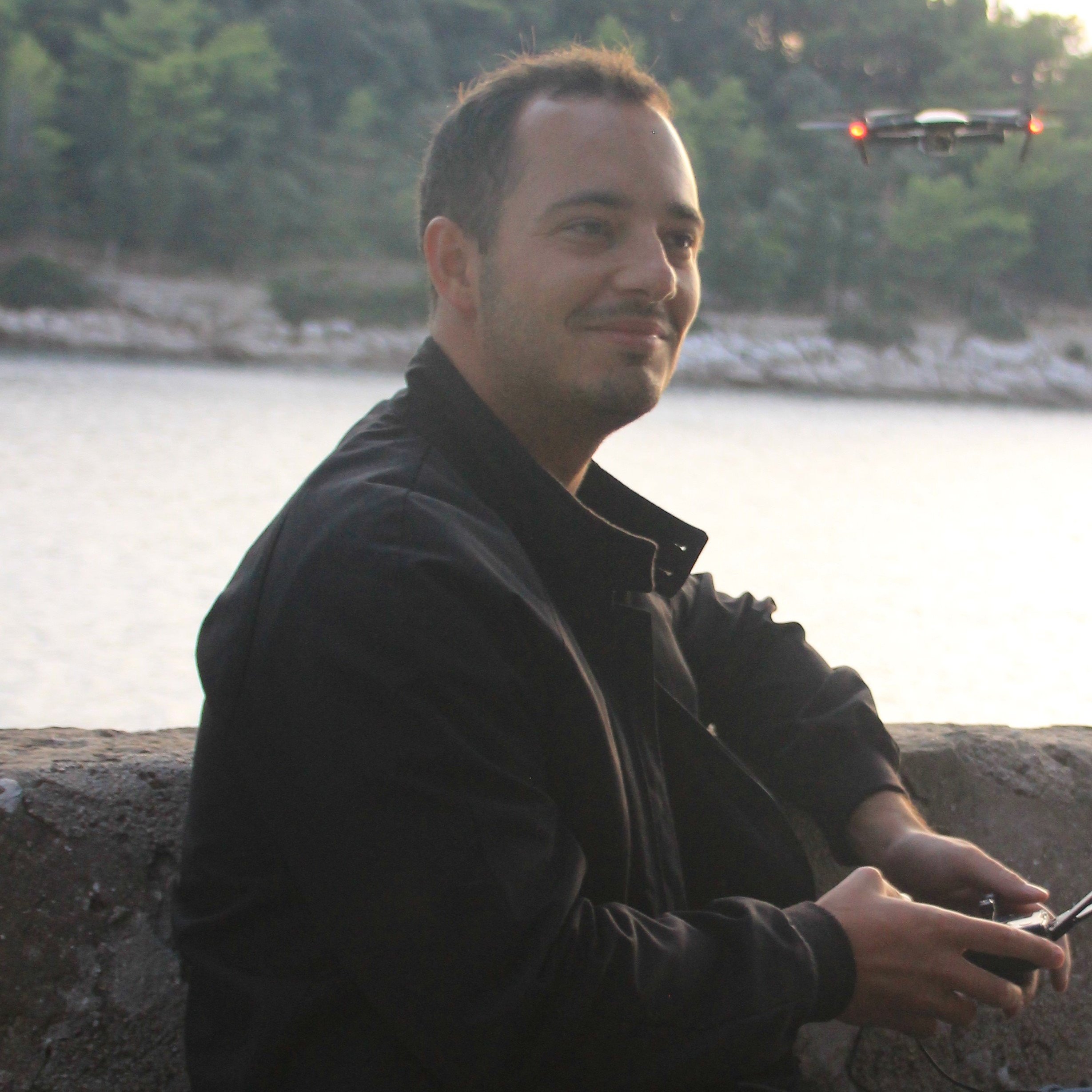Drones are making a big impact in the world of construction. The technology is giving site managers greater situational awareness than ever before, allowing them to take on otherwise dangerous inspection tasks, improving workflows, and ensuring all stakeholders are up to speed on a project’s progress.
For DroneBase pilots, each construction flight can vary greatly, whether it is the site being flown, the deliverables being captured, the safety protocols required, or the check-in requirements. We've put together a list of helpful tips for pilots taking on construction flights.
Adapt to the Environment
One of the reasons drones are proving so valuable to construction managers is that, in many cases, their use removes the need to put a worker’s health and safety at risk.
Construction sites are dynamic and dangerous environments; anyone who enters them needs to adapt. For drone pilots carrying out construction missions, this is no different.
When working on a construction site, be sure to adhere to all of the safety equipment requirements and mission instructions. This will usually mean wearing a hard hat, closed-toe shoes, and a high-visibility coat or jacket, and/or checking in when you arrive on-site.
Account for the Scope of Your Mission
The applications of drones in the world of construction are varied. You might be mapping out terrain as part of the project planning process, gathering photos and videos to bolster a regular progress update package, or capturing contextual images that will be used for marketing content.
The scope of every construction mission will depend on the type of customer and the type of property.
Mapping missions use an automated flight application to create a 3D model or orthomosaic of the site in question. Your drone will fly over the site on a predefined path at a constant altitude, capturing a series of photographs to cover every inch of ground.
These images are stitched together to generate a detailed map that can be used to judge progress and plan for the future.
Our recommended flight app options are DroneDeploy and DJI GS Pro. Both platforms allow you to plan flights and gather the data clients need to build comprehensive maps of projects and work sites.
There are a few things to bear in mind when planning a mapping mission on a construction site.
First, ensure your flight path is free from obstacles. Don’t assume that because it was free of obstacles last time, it will be this time. Construction sites are dynamic. Cranes or even entire structures could be blocking a preset flight path that was clear a month before.
For more detail and advice on carrying out mapping missions, check out our Pilot Mapping Guide.
Contextual Flyovers and Cardinal Direction Images
One of the most common reasons for aerial photography in the construction business is to contribute to progress updates. Usually, these missions involve contextual flyovers and cardinal direction images.
Contextual flyovers offer a sweeping view of a project in progress and can be conducted on a regular basis to build an impression of where things are and where they will soon be. These videos are best made using waypoints and preset flight paths, which help to ensure consistency from one flight to the next and keep the video as steady and informative as possible.
Similarly, cardinal direction images offer a still view of a project from every angle. These images are usually captured at equal cardinal increments around the site in question, from north to north-east, to east and so on.
When capturing these contextual shots, it’s important to keep the subject of the shoot properly in frame, with the angle of the camera adjusted to ensure the horizon is visible.
Get Your Camera Settings Right
You can have your flight paths perfectly set and your weather conditions ideal, but still leave a construction site with worthless data if you overlook one simple thing: your camera’s settings.
Here are a few of our go-to settings to help you capture the best data possible.
First up is the file format. Be sure to double check mission requirements, but you’ll frequently be capturing JPG images. Often times you will also be instructed to capture images in the highest resolution possible for your drone, potentially meaning an adjustment to aspect ratio, but make sure to review the mission details prior to arriving on-site.
Next up are two settings that are key to capturing quality aerial images: focus and white balance.
To keep things simple and results consistent, we recommend sticking with auto-focus and auto-exposure settings, as well as leaving the white balance at its default setting. As time goes on, it’s a good idea to get comfortable with manually manipulating the exposure triangle and developing a style that suits you, although this won’t necessarily come in handy in the world of construction.
Last but certainly not least is one of the most important settings of all: making sure your GPS metadata is switched on. This is crucial when it comes to building accurate maps and generating a picture of an entire worksite.
Drone photography is making a huge impact in the world of construction. If you’d like to play a part in the revolution, take a look at our rundown of the best drones for photography and sign up to be a DroneBase pilot today.





.jpg?width=360&name=Banner%20Templates%20(7).jpg)